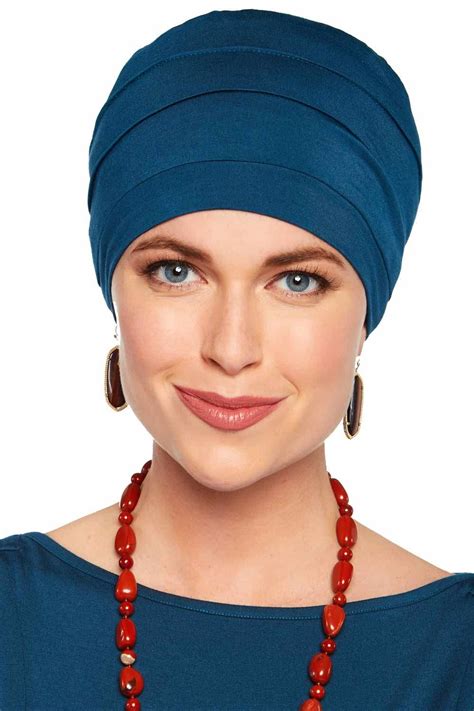Cancer treatment can take a toll on a person’s physical and emotional well-being. One of the common side effects of chemotherapy and radiation therapy is hair loss, which can be a distressing experience for many patients. Head covers can provide comfort, style, and support to cancer patients during this challenging time.

Types of Head Covers
There are many different types of head covers available, each with its own unique benefits and features.
Scarves
Scarves are a versatile and stylish option for head covers. They can be tied in a variety of ways to create different looks, and they can be made from a variety of materials, including cotton, silk, and fleece. Scarves can be worn indoors or outdoors, and they can provide warmth and comfort.
Beanies
Beanies are a comfortable and casual option for head covers. They are typically made from cotton or fleece, and they can be worn indoors or outdoors. Beanies can provide warmth and comfort, and they can also help to hide hair loss.
Wigs
Wigs are a more realistic option for head covers. They are made from synthetic or human hair, and they can be styled to match a patient’s natural hair. Wigs can be expensive, but they can provide a boost of confidence for patients who are experiencing hair loss.
Turbans
Turbans are a traditional type of head cover that is often worn by cancer patients. They are typically made from cotton or silk, and they can be tied in a variety of ways to create different looks. Turbans can provide warmth and comfort, and they can also help to hide hair loss.
Choosing the Right Head Cover
When choosing a head cover, it is important to consider a few factors, including:
- Comfort: The head cover should be comfortable to wear for extended periods of time.
- Style: The head cover should complement the patient’s personal style.
- Functionality: The head cover should provide the desired level of coverage and protection.
Benefits of Head Covers
Head covers can provide a number of benefits for cancer patients, including:
- Comfort: Head covers can provide comfort and warmth to patients who are experiencing hair loss.
- Style: Head covers can help patients to feel more confident and stylish.
- Support: Head covers can provide support to patients who are struggling with the emotional effects of hair loss.
Conclusion
Head covers are an important part of the care and support for cancer patients. They can provide comfort, style, and support during a challenging time. When choosing a head cover, it is important to consider the patient’s individual needs and preferences.
Additional Information
- The American Cancer Society estimates that over 1.8 million people in the United States were diagnosed with cancer in 2020.
- Hair loss is a common side effect of chemotherapy and radiation therapy.
- Head covers can help to protect the scalp from the sun and other elements.
- Head covers can be found in a variety of styles, colors, and materials.
- Head covers can be purchased online or at medical supply stores.
Frequently Asked Questions
-
What is the best type of head cover for cancer patients?
There is no one-size-fits-all answer to this question. The best type of head cover for a cancer patient will depend on their individual needs and preferences. Some patients may prefer a simple and comfortable scarf, while others may prefer a more realistic wig. -
How do I choose the right head cover?
When choosing a head cover, it is important to consider the following factors: comfort, style, and functionality. The head cover should be comfortable to wear for extended periods of time, and it should complement the patient’s personal style. The head cover should also provide the desired level of coverage and protection. -
Where can I find head covers for cancer patients?
Head covers for cancer patients can be found online or at medical supply stores. Some cancer centers and hospitals also provide head covers to their patients.
